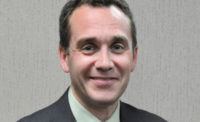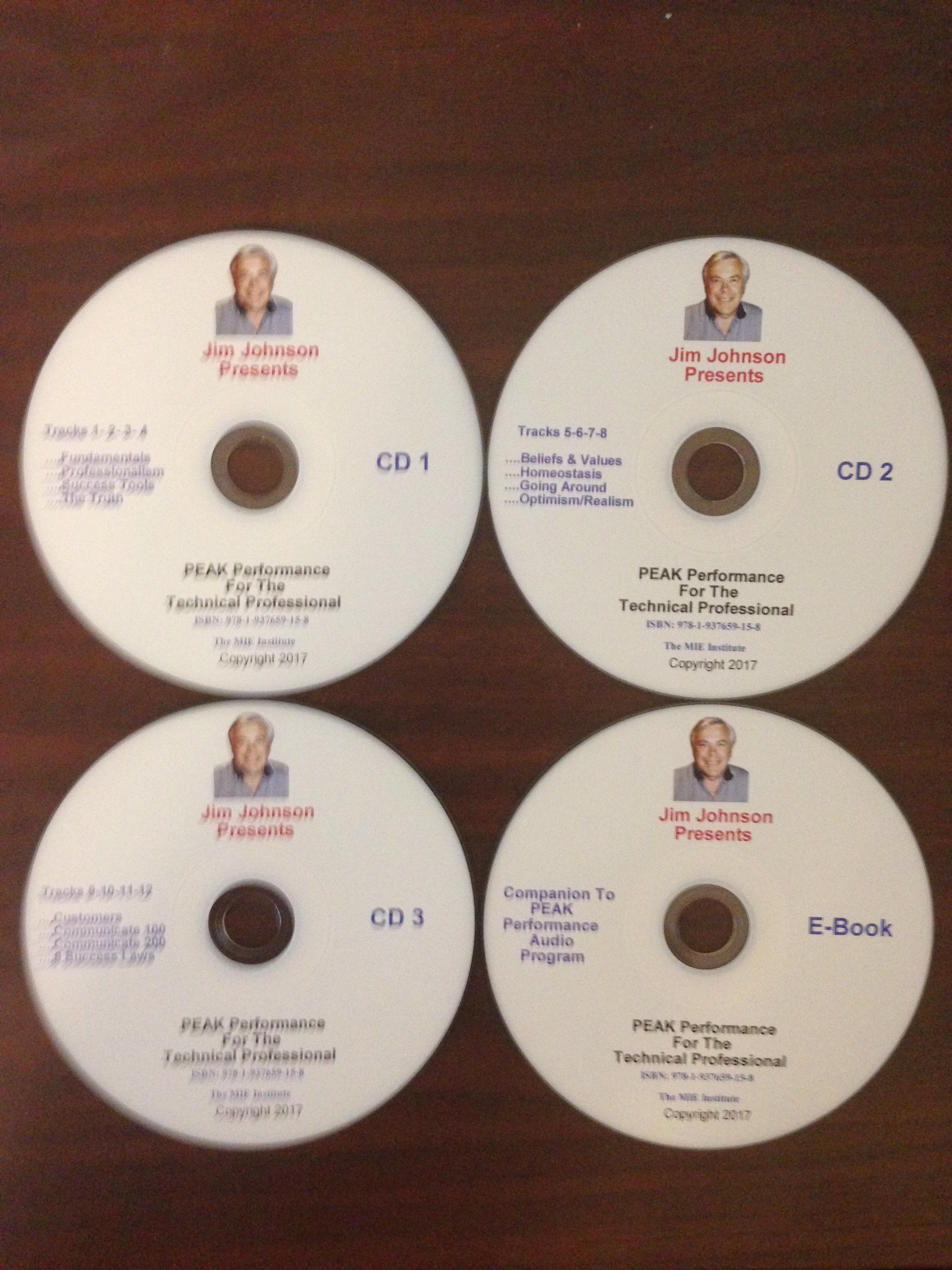Editor-in-chief of The NEWS, Kyle Gargaro, traveled to Texas and had the opportunity to sit down with Doug Young, COO and president, Lennox Intl. Inc., the day before Young participated in the ACCA CEO Forum. Young provided a general overview of the surging HVAC industry during the discussion.
KG: You are participating in the CEO Forum at ACCA tomorrow. Do you enjoy it, or is it a necessary evil? Do you get anything out of the session? That might be a bit of a loaded question.
DY: I enjoy sharing perspectives with our customers. The ACCA CEO Forum is a great opportunity to have a candid conversation with contractors. They’re not all Lennox contractors, and it provides them a sense of who we are and how we think. It’s productive to have a regular open dialogue between manufacturers and contractors. It allows us to share perspectives on the state of the industry and discuss future market challenges we share.
KG: What do you feel are the biggest misconceptions contractors have about manufacturers?
DY: I don’t think there are many misconceptions. This forum certainly allows us to share perspectives, and it allows contractors to get to know us better. We have different vantage points and differing perspectives, but I think we have a healthy understanding of each other’s challenges.
KG: That is good. That must mean the industry is in a good place.
DY: The markets have certainly improved, and the industry is in a really good place, as a result. We still face a number of challenges on the regulatory front, and the economy is cyclical, but, collectively, we are in a much better place than we were five years ago.
KG: What is one thing you wished contractors would do that they are not doing now? I am not trying to start a fight here.
DY: I think there is an opportunity for all of us to embrace technology, the digital world, the Internet of Things (IoT), whatever you want to call it, much more broadly than we do today. Those who are already doing it are moving ahead of the industry. The faster the industry adapts, the better we will be in adapting to the increasing pace of future change. Contractors who embrace change and can adapt to change will grow at a faster pace than the industry average.
KG: Talk about the financial footing of the industry in 2015.
DY: In some respects, the industry is still recovering from the economic crisis. That said, we are in a good place, and we see opportunities for sustained growth. Heat pumps and air conditioners are both up more than 500,000 units since the bottom of the recession, which represents a healthy recovery and a lot of growth. We are seeing the release of pent-up demand in the market from consumers who postponed replacements during the downturn. For the most part, companies are investing in their businesses, which is a positive sign. From a consumer standpoint, home values are appreciating, bank account balances are increasing, and consumer confidence is up as a result. We are in a much better place.
KG: What sector of the industry do you think has the greatest opportunity for growth this year?
DY: I am certainly biased, but I think the residential segment is in the best shape right now. Economists predict steady single-family new construction growth at 26 percent this year. That’s a very healthy growth rate, which, again, is an indicator of the release of pent-up demand. I think we’ll continue to see nice growth in residential. Commercial lags behind residential, somewhere between one and two years, but it’s also showing some improvement. We anticipate commercial growth, but not to the extent of the residential segment this year.
KG: You know ACCA is pushing for universal diagnostics from the manufacturers. What is your opinion on the feasibility?
DY: It’s feasible. Other industries, such as automotive, are already there. Service industries, such as elevators or building automation, are there, as well. They have sophisticated base-level diagnostics that are universal in their industries. We can move in that direction to create base-level diagnostics, but we also need to maintain differentiation. Commoditization robs the industry at all levels of profits and is not healthy for competition or innovation. Those who invest heavily in product innovation, technology, and controls will offer a differentiated level of diagnostics that are more exclusively held and proprietary. I do not think we will have completely open diagnostics, and I don’t believe the contracting community wants product commoditization either.
KG: Will it take us a while to get there?
DY: Of course. This takes time. It’s not a short putt, and we are more than a couple of years away. As an industry, this concept is still only in the formative stage. We first need to reach an agreement on what it is we are trying to accomplish and then define the path to get there.
KG: What is the biggest trend you see that contractors are perhaps not yet aware of?
DY: I think when you talk about comfort to consumers, they are thinking about it in a different way than they were five or 10 years ago. It’s more personalized comfort; it’s not just comfort within the home achieved by maintaining a balance or static temperature. Consumers want — even expect — customized levels of comfort in different areas of the home. This means different airflow, different filtration, and more or less humidification in different rooms. Personalized comfort will be driven by smarter products that can control airflow and balance the home better.
KG: If you could snap your fingers and make one HVACR industry problem go away, which one would it be?
DY: There are two primary issues, so I will snap twice.
The first issue is the labor pool and being able to find, train, and retain talent coming into the industry. We have an aging workforce that is shrinking. This is a major issue and a barrier to growth for this industry. The opportunities are limitless in this industry for those who are willing to put forth the effort, roll up their sleeves, learn a set of mechanical skills, and work hard.
The second issue is the regulatory environment. We’ve seen more regulatory change in the past 10 years than we have in the 50 years prior. The regulatory pace is ferocious. There are 19 HVACR-related regulations, at last count, currently working their way through our federal government. We are talking about a proposed 92 percent AFUE national furnace baseline efficiency standard. You want to talk about pain for the industry and a high expense for the consumer? I want thoughtful regulations that drive efficiency, improve consumer economics, and grow the industry. These don’t need to be mutually exclusive. A healthy industry allows manufacturers, distributors, and contractors to invest in their businesses, serve consumers, innovate, and grow.
Publication date: 5/25/2015
Want more HVAC industry news and information? Join The NEWS on Facebook, Twitter, and LinkedIn today!









